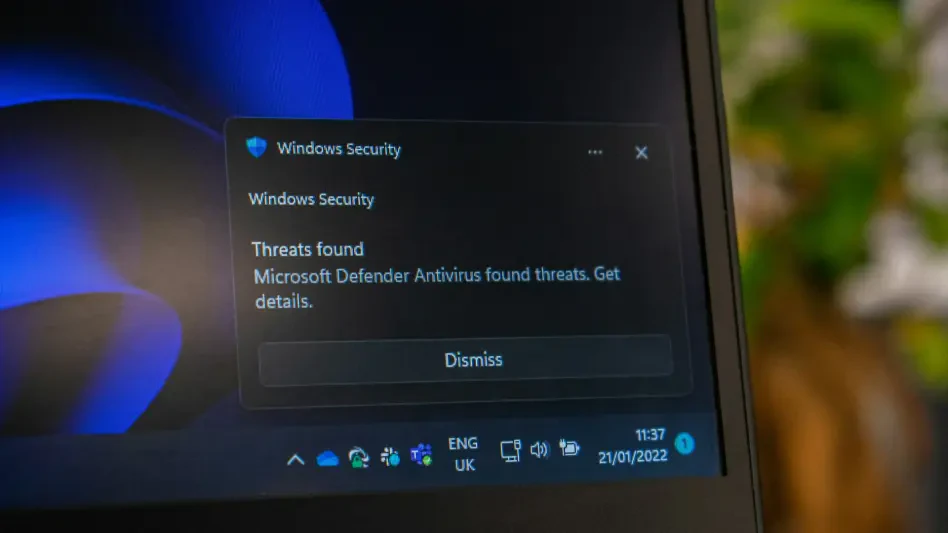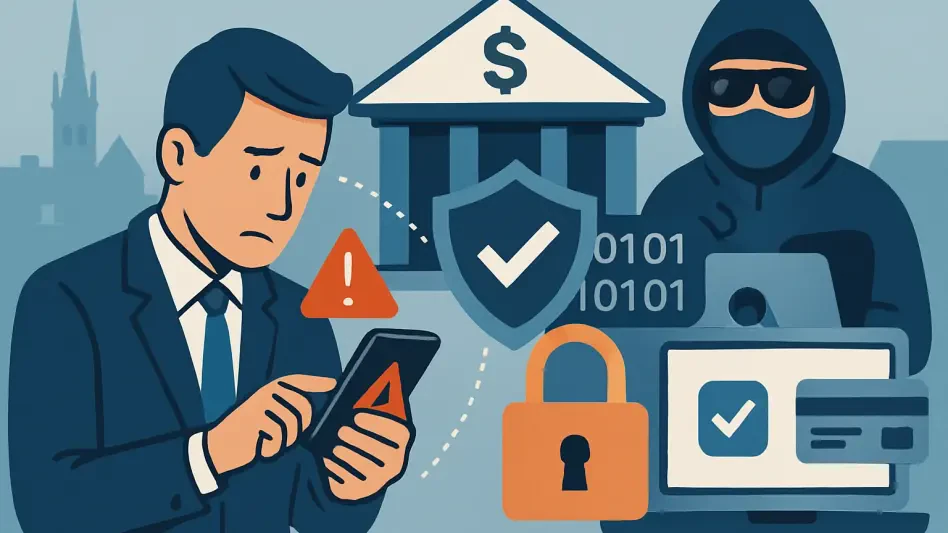The pressing challenge posed by the cyber threat landscape in 2024 has steered Managed Service Providers (MSPs) towards a critical conversation: the role of automated alerting systems in cybersecurity. As threats become more frequent and sophisticated, these systems are increasingly recognized as indispensable tools for preserving a competitive edge and protecting digital assets. The cybersecurity community must pivot away from outdated practices to leverage real-time, automated systems that promise enhanced security and operational efficiency.
The Urgency of Cybersecurity Automation
Escalating Threats
The prevalence of cyber threats in today’s environment is a sobering reminder of the vulnerabilities existing within various sectors. High-severity incidents in the IT industry comprise a substantial portion of critical events affecting multiple domains. Kaspersky’s most recent findings highlight this trend, offering a dire warning to cybersecurity professionals and organizations alike. These revelations underscore the necessity for immediate action and the adoption of advanced security measures. Failing to swiftly identify and address these challenges could potentially lead to severe repercussions. Therefore, MSPs are tasked with implementing robust measures to protect their clients’ environments from increasingly sophisticated attacks.
The Shift Away from Traditional Methods
The digital landscape’s complexity demands an evolution in cybersecurity strategies, particularly concerning alert systems. Traditional methods, reliant on email notifications, are proving insufficient as they can be easily lost in the volume of daily digital communications. The urgency for adopting automated incident notification systems arises from the necessity for immediate and efficient response plans. These systems are tailored to promptly alert cybersecurity teams about emerging threats, mitigating potential damages. Modern strategies are, therefore, pivoting towards automation as a vital component, allowing instant communication and rapid coordination. Consequently, the era of manual notifications is giving way to more sophisticated solutions that streamline threat detection and response processes.
Financial and Operational Impacts
Cost of Delayed Responses
The financial repercussions of delayed responses in cybersecurity incidents are formidable. The global average for data breach costs has skyrocketed, underscoring the severe economic impact such breaches can have on businesses. Automated alert systems are pivotal in curbing these expenses, primarily by hastening containment measures and facilitating swift resolution processes. The strategic implementation of these systems helps avert prolonged exposure to threats, subsequently minimizing financial damages. Moreover, the efficiency and accuracy these systems introduce allow organizations to preserve their reputation and maintain operational fluidity. This adaptation is not merely beneficial—it’s crucial for ensuring resilience against the financial strains posed by cyber threats.
Speed and Efficiency for MSPs
For MSPs tasked with overseeing diverse client environments, the necessity of rapid communication is paramount. Automated alerting systems are engineered to address this need by expeditiously directing alerts to specialists equipped to tackle emerging issues. This efficiency prevents significant downtime and averts potential penalties related to Service Level Agreements (SLAs). Furthermore, the integration of these systems fosters a culture of trust and satisfaction among clientele, as swift resolutions translate into reliable service delivery. MSPs, therefore, are encouraged to harness the capabilities of automated notifications to fortify their operational strategies, ensuring consistent service quality across their client base.
Enhancing Team Coordination
Global Operations and Coordination
In the realm of global MSP operations, achieving flawless team coordination is essential for maintaining service excellence. Distributed teams necessitate precise systems to ensure all personnel are on the same page, regardless of geographical location. Automated notification tools play a vital role in facilitating this coordination, as they allow on-call schedules to be seamlessly managed. Through intelligent routing and escalation workflows, the appropriate personnel are alerted in real-time, irrespective of their locale. The integration of such systems not only enhances team coordination but also reinstates confidence in MSPs’ operational capabilities. This strategy is increasingly indispensable for guaranteeing successful global operations.
Combating Alert Fatigue
Alert fatigue is a prevalent challenge that can overwhelm cybersecurity professionals, particularly those managing multiple client environments. Automated platforms are crucial in counteracting this issue by utilizing a triage approach. This method prioritizes alerts based on urgency, suppressing notifications that do not demand immediate attention. By focusing on the most critical alerts, MSPs ensure their teams remain alert and effective in dealing with pressing threats. The suppression of low-priority notifications during intense periods allows professionals to dedicate their attention and resources to pivotal incidents. This strategic approach is vital for optimizing alert management and maintaining the effectiveness of cybersecurity teams.
Compliance and Integration
Regulatory Compliance
Regulatory compliance is a fundamental consideration for MSPs, given the intricate standards governing sectors such as healthcare and finance. Compliance with regulations like HIPAA and GDPR is facilitated by automated alert systems, which provide comprehensive audit trails and logging capabilities. These functionalities are integral for demonstrating adherence to regulatory norms, thereby reducing penalties and engendering trust among stakeholders. Gartner’s insights indicate that organizations leveraging integrated automated response strategies incur notably fewer compliance penalties. This reinforces the importance of these systems in maintaining rigorous standards and upholding the integrity of client environments.
Integration with Security Infrastructure
As we step into 2024, the evolving cyber threat landscape presents a significant challenge. Managed Service Providers (MSPs) find themselves at the forefront of this battle, having essential discussions about the role of automated alerting systems in modern cybersecurity. With cyber threats becoming not only more frequent but also increasingly sophisticated, these systems have emerged as critical tools. They are now seen as vital for maintaining a competitive advantage and safeguarding digital assets. The old ways of handling cybersecurity are proving inadequate, prompting the cybersecurity community to shift towards utilizing real-time, automated alerting systems. These systems offer not just enhanced security measures but also improve operational efficiency. They work by detecting anomalies and responding instantly, which helps in thwarting potential threats before they can cause harm. In this fast-paced digital age, staying ahead requires leveraging the power of technology, and automated systems are at the heart of this new, proactive approach to cybersecurity.





